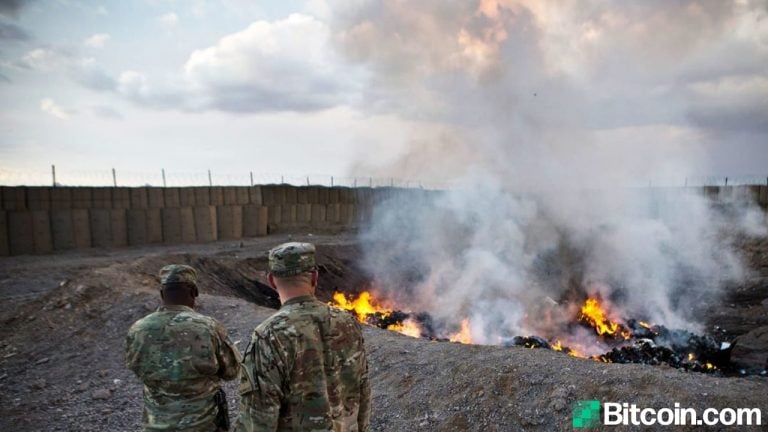
Anthropic’s AI model will be integrated into one of Palantir’s data systems, which is authorized to contain “secrets” critical to US national security.
AI firm Anthropic has become the latest firm to give the United States government access to its AI models for national security purposes — following a similar lead to Meta’s announcement earlier this week.
US defense departments will be granted access to Anthropic’s Claude 3 and 3.5 AI models, which will be integrated into Palantir’s AI Platform and secured on Amazon Web Services, Palantir said in a Nov. 7 statement.
“Our partnership with Anthropic and AWS provides U.S. defense and intelligence communities the tool chain they need to harness and deploy AI models securely, bringing the next generation of decision advantage to their most critical missions,” Palantir’s chief technology officer Shyam Sankar explained.



